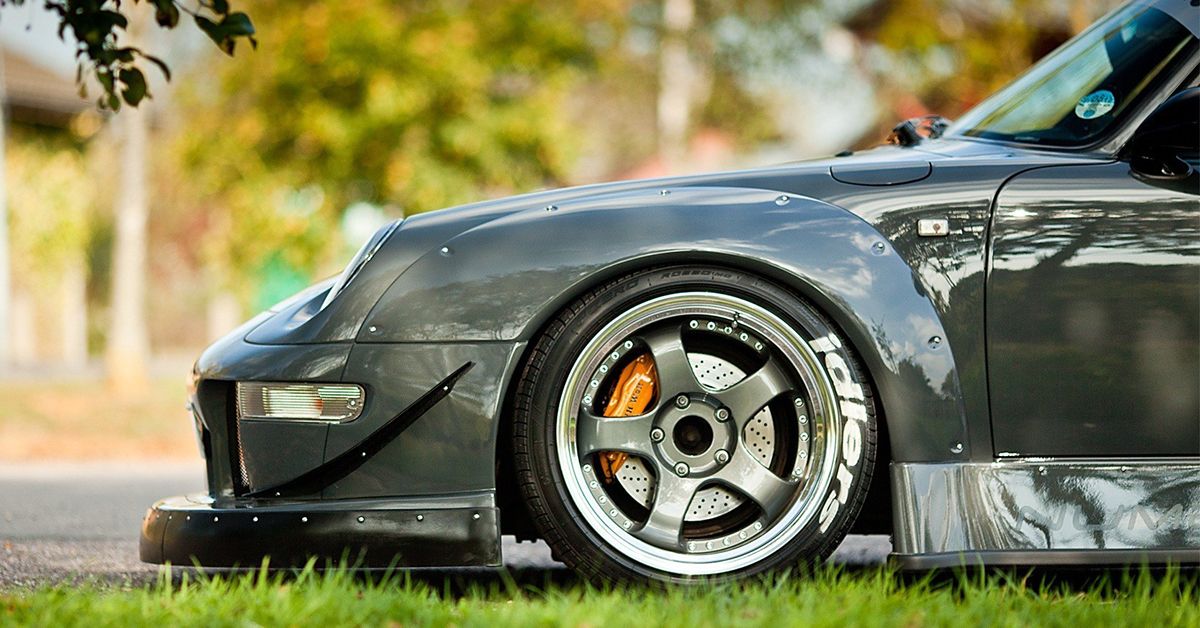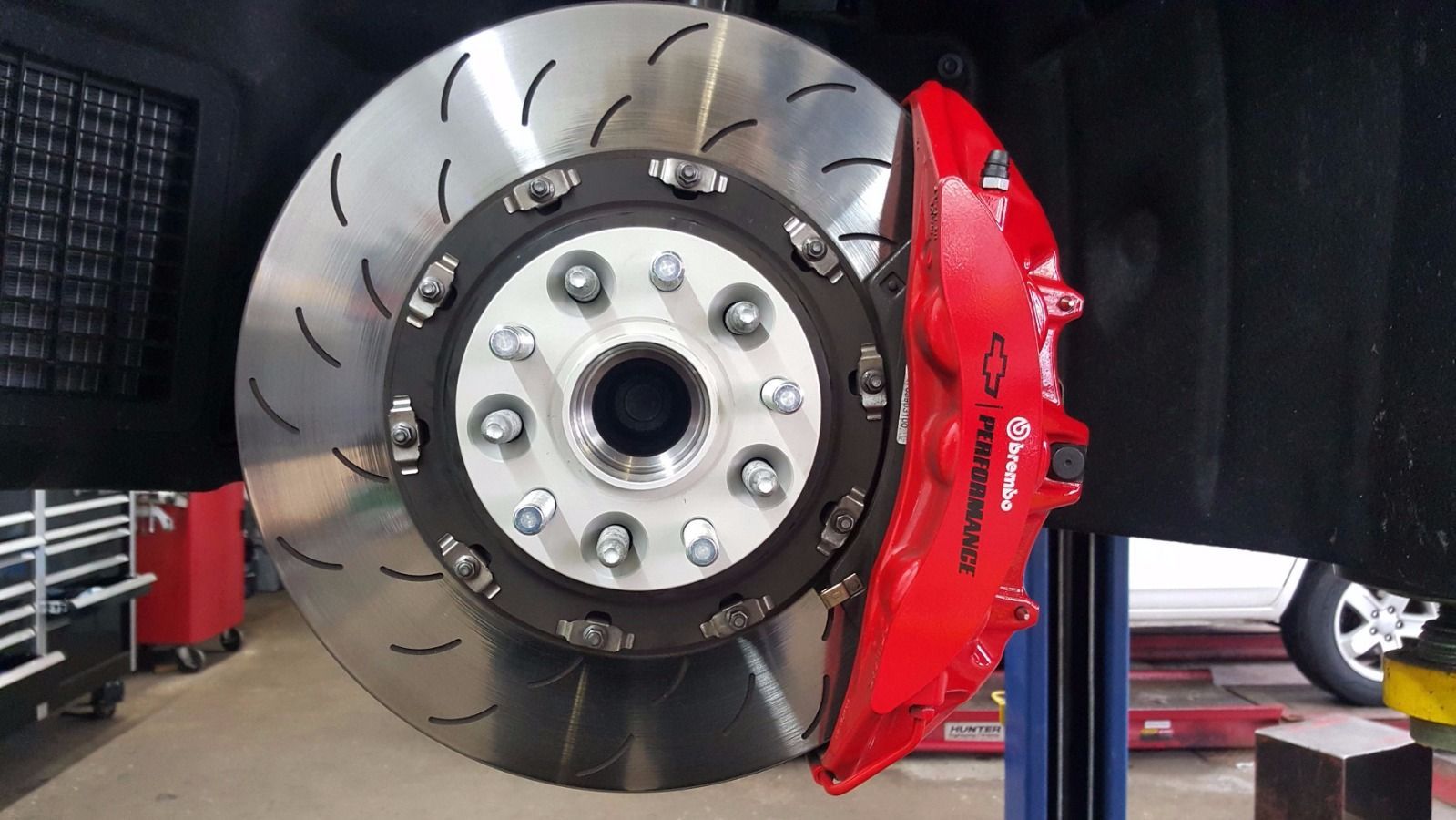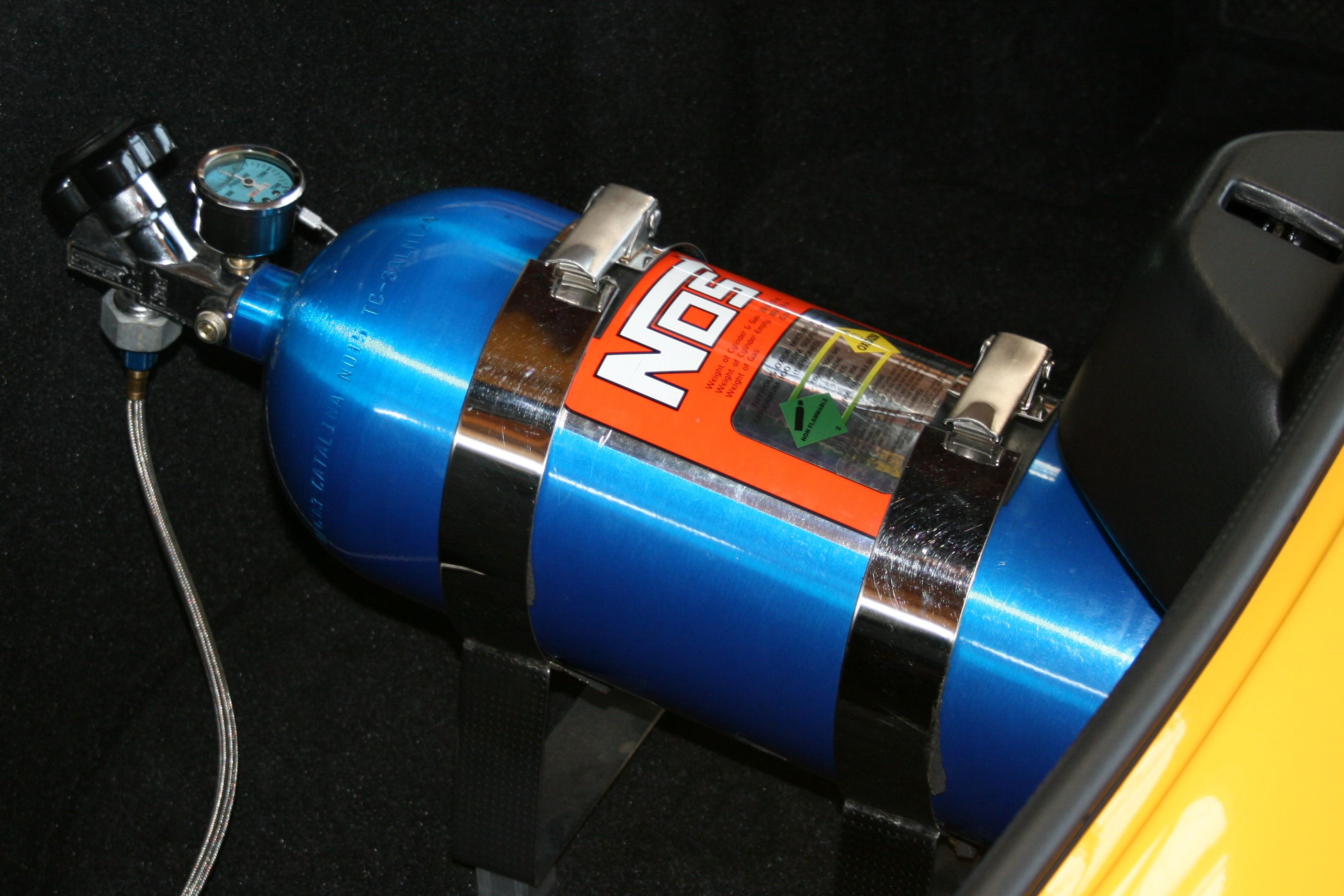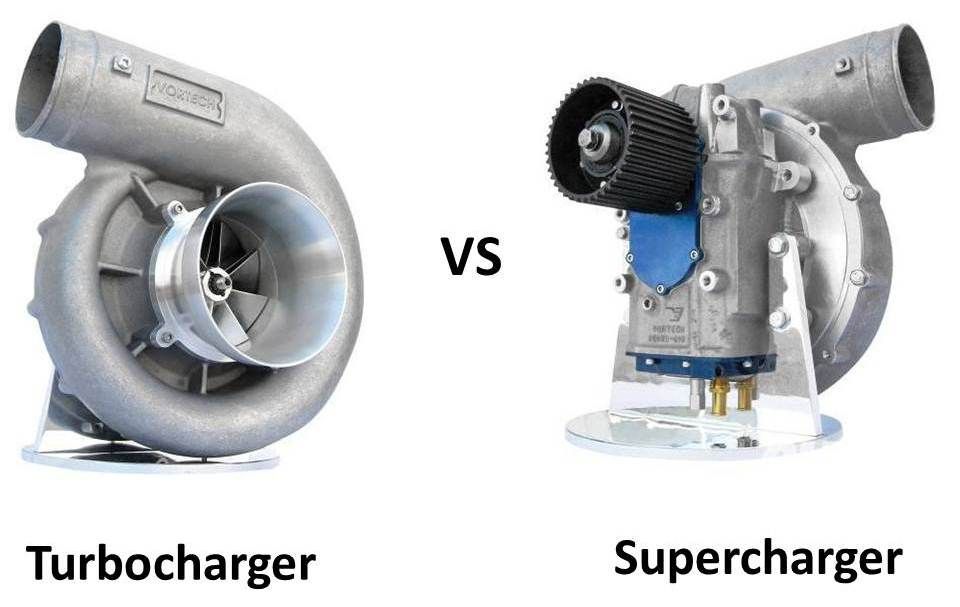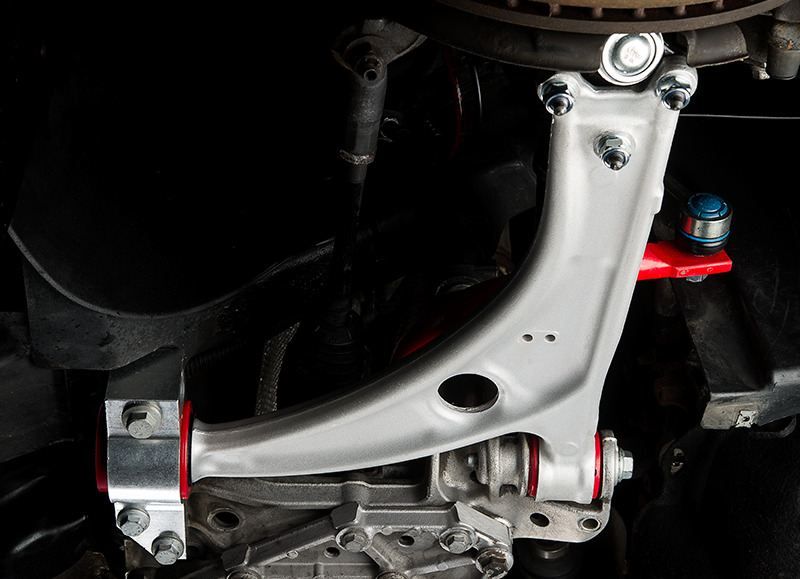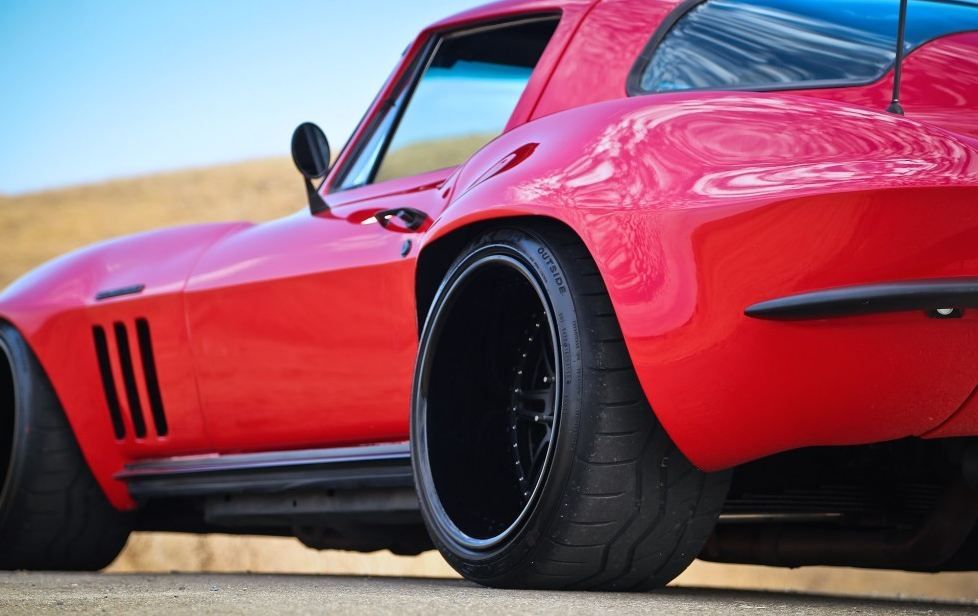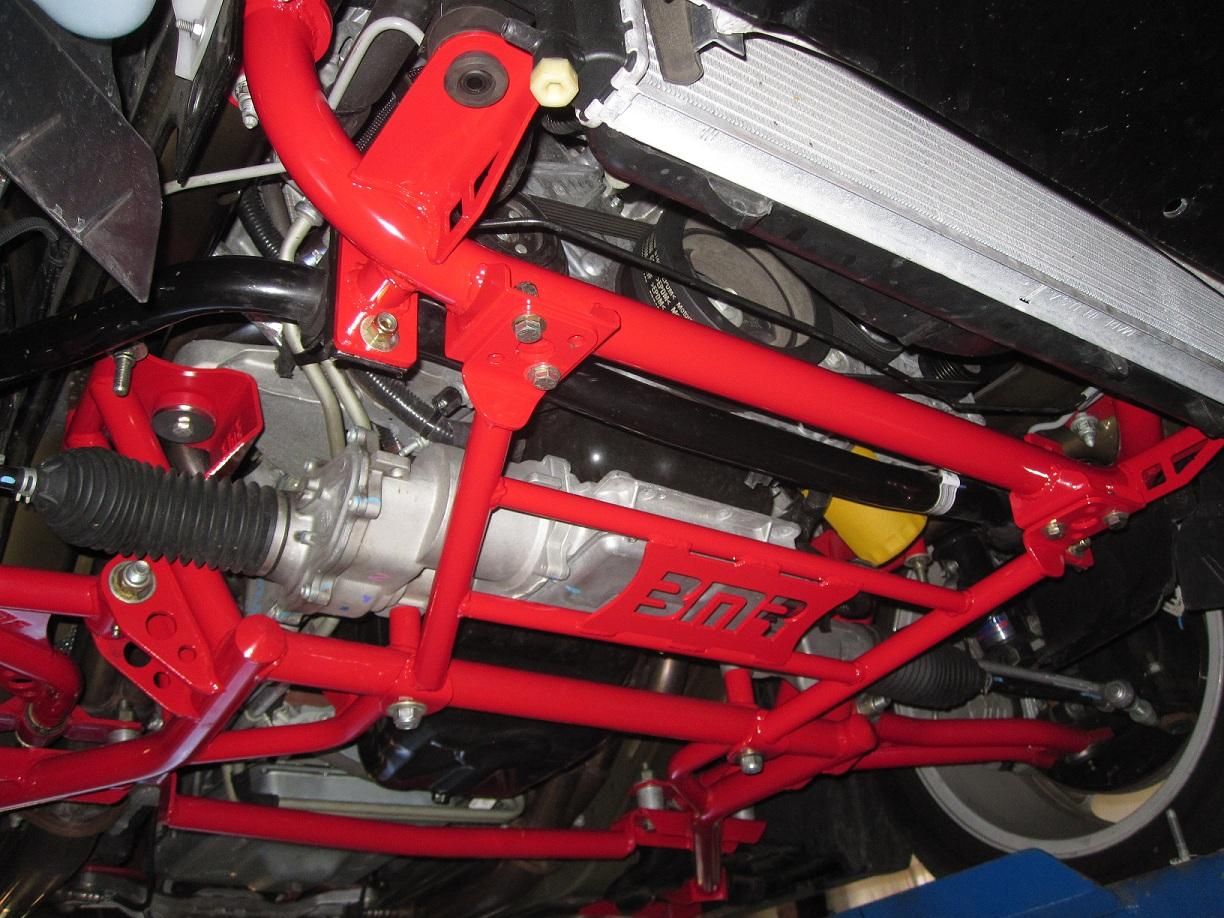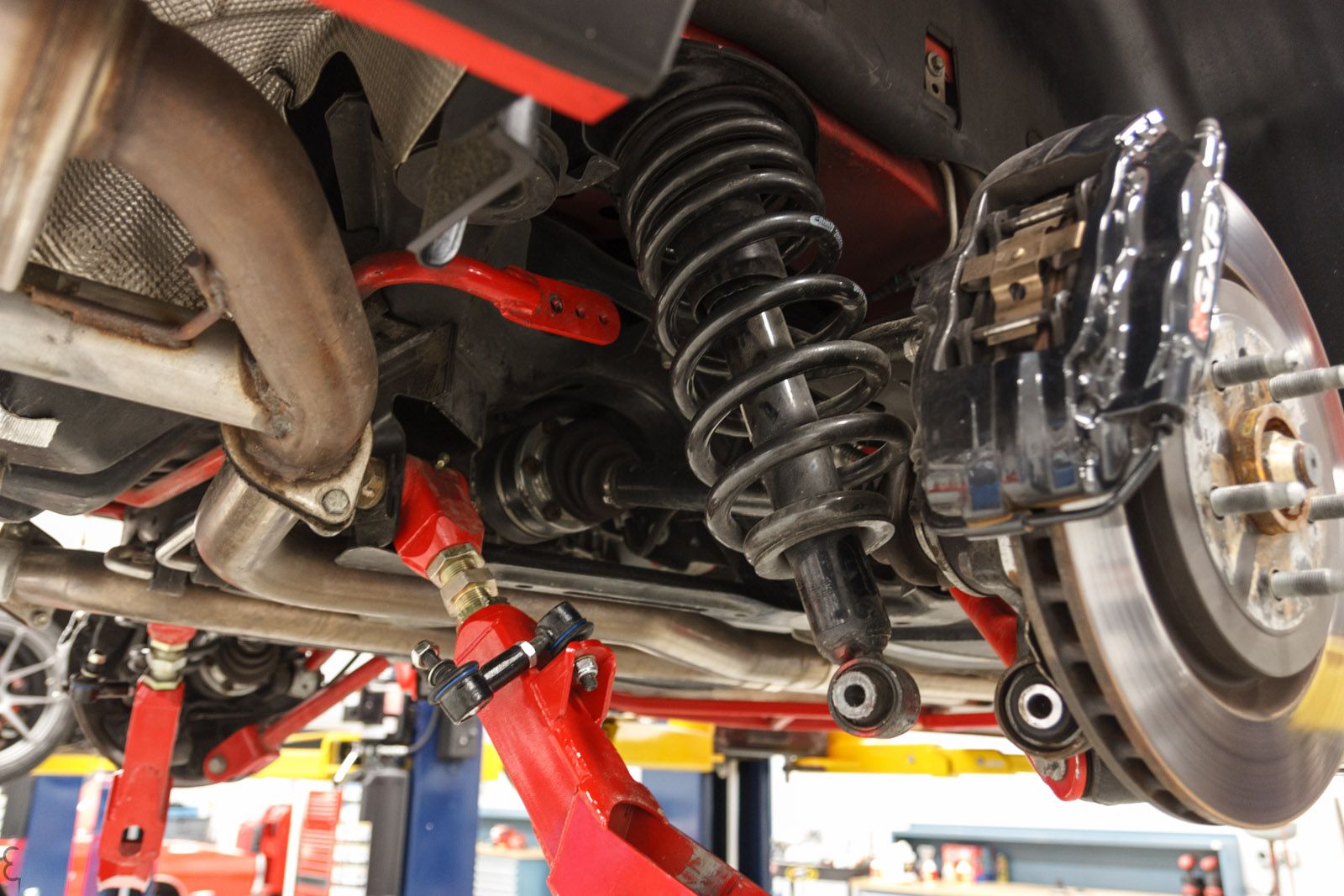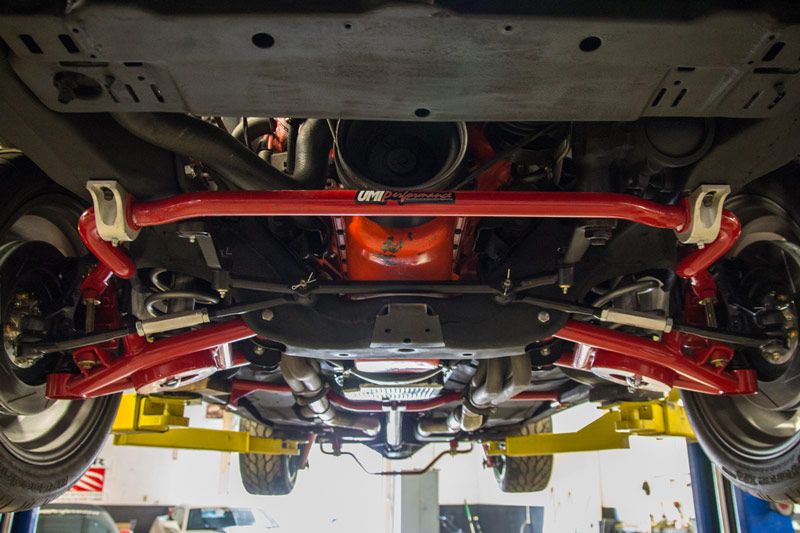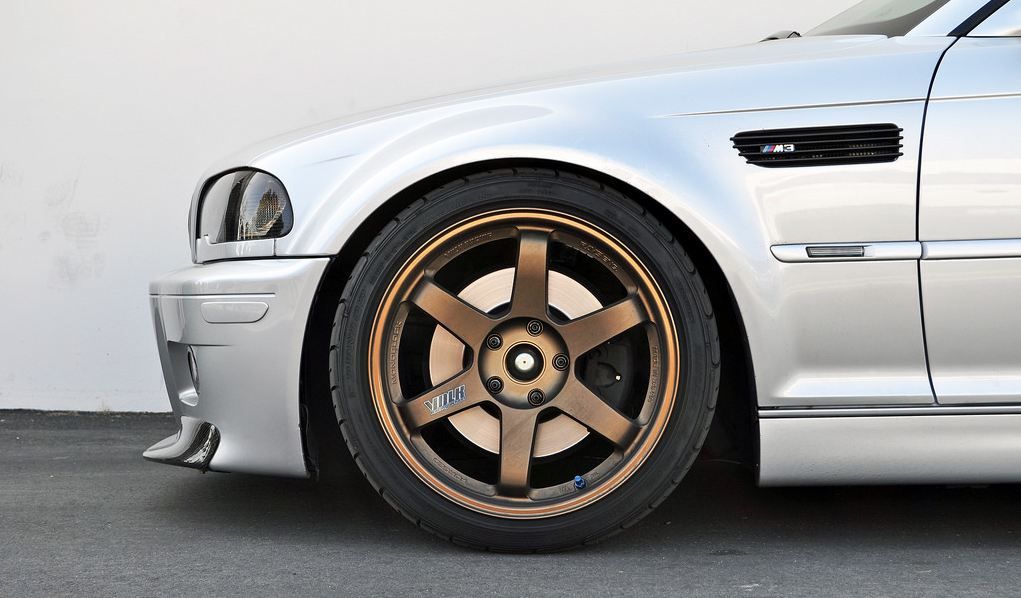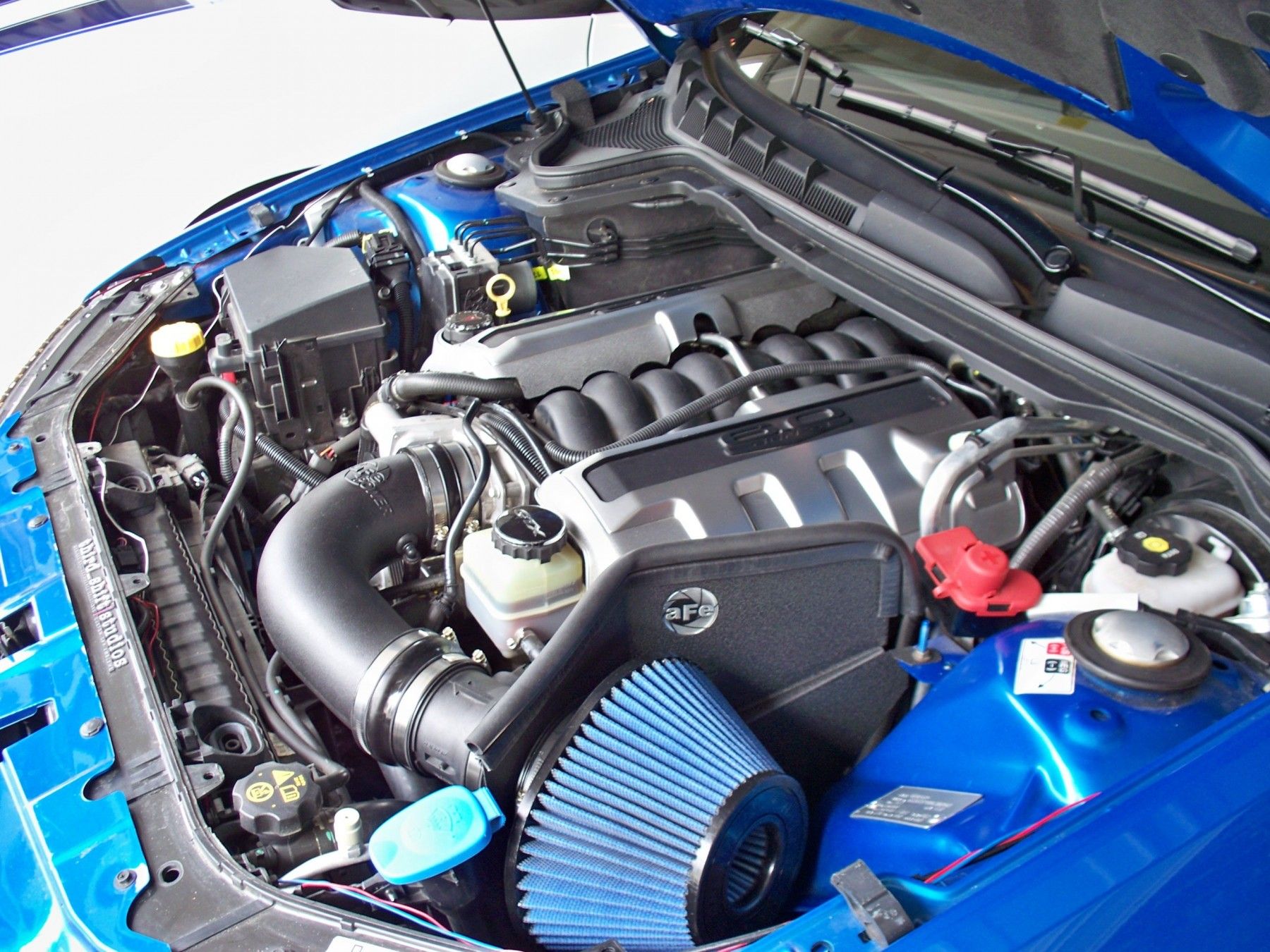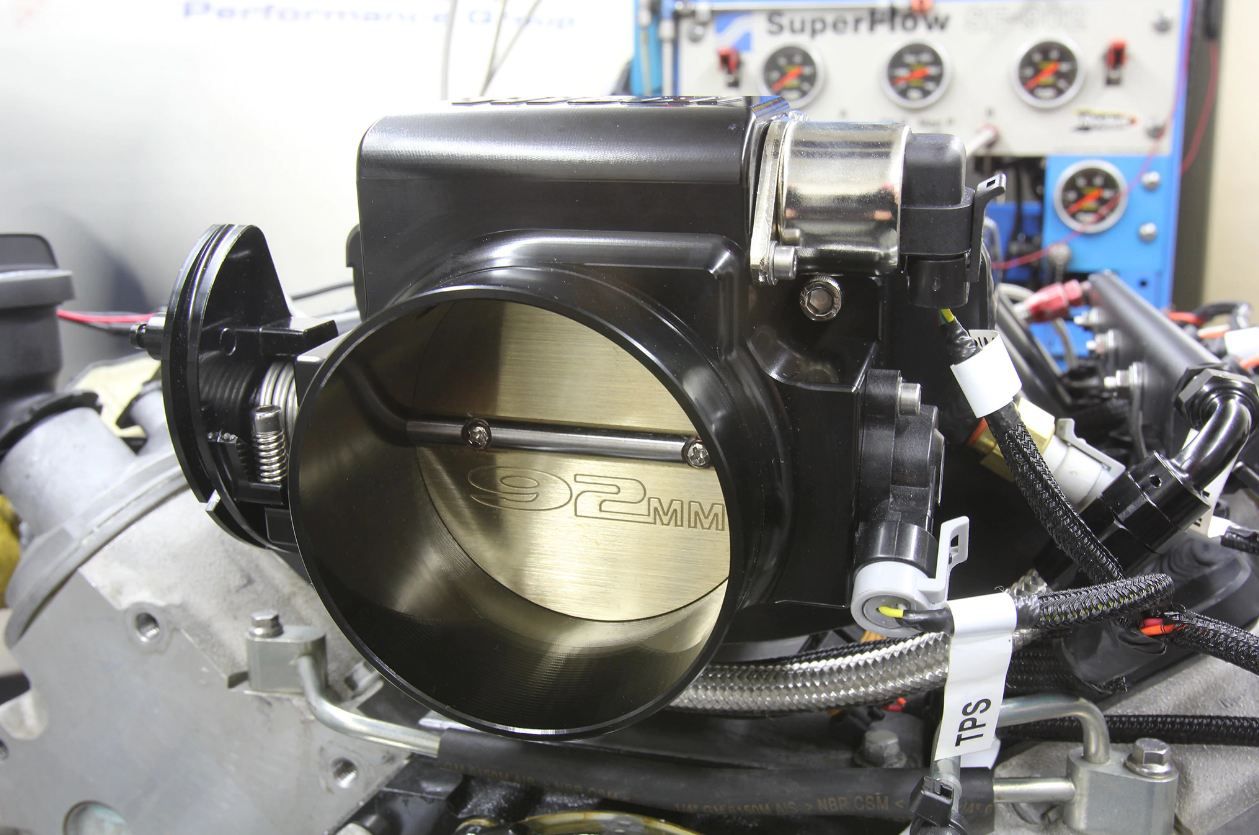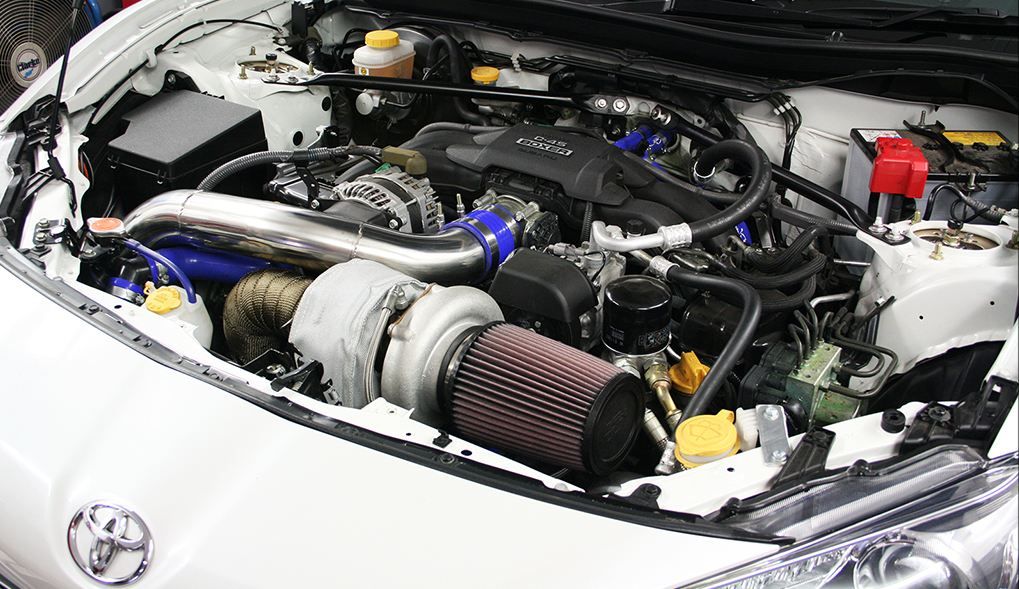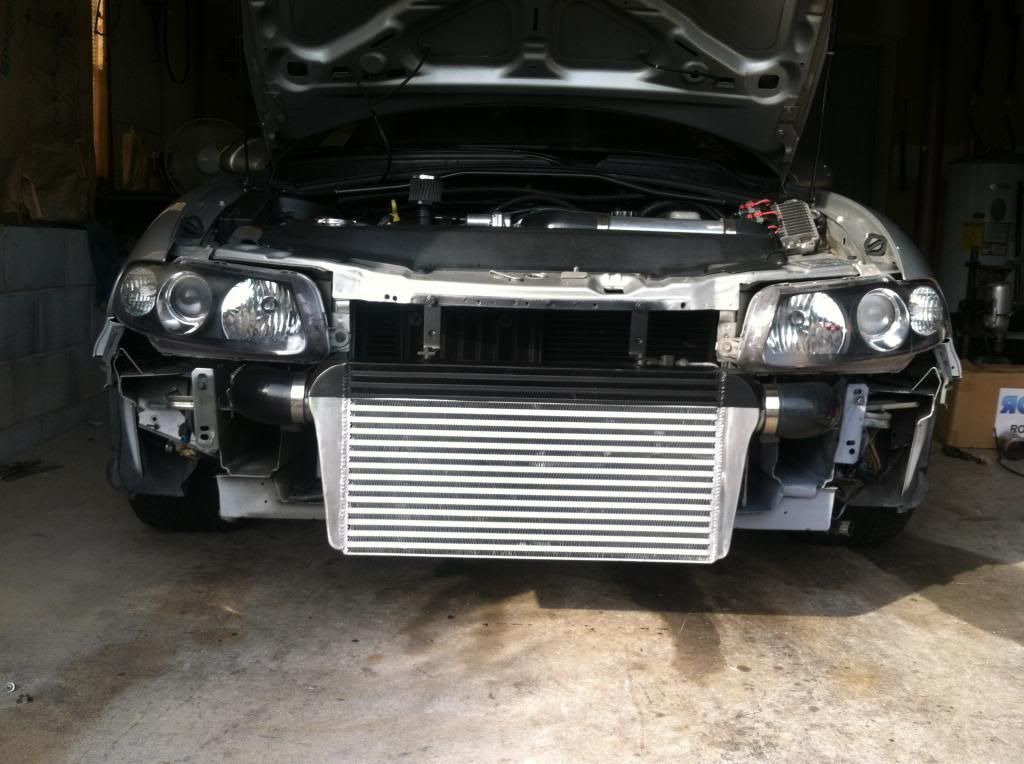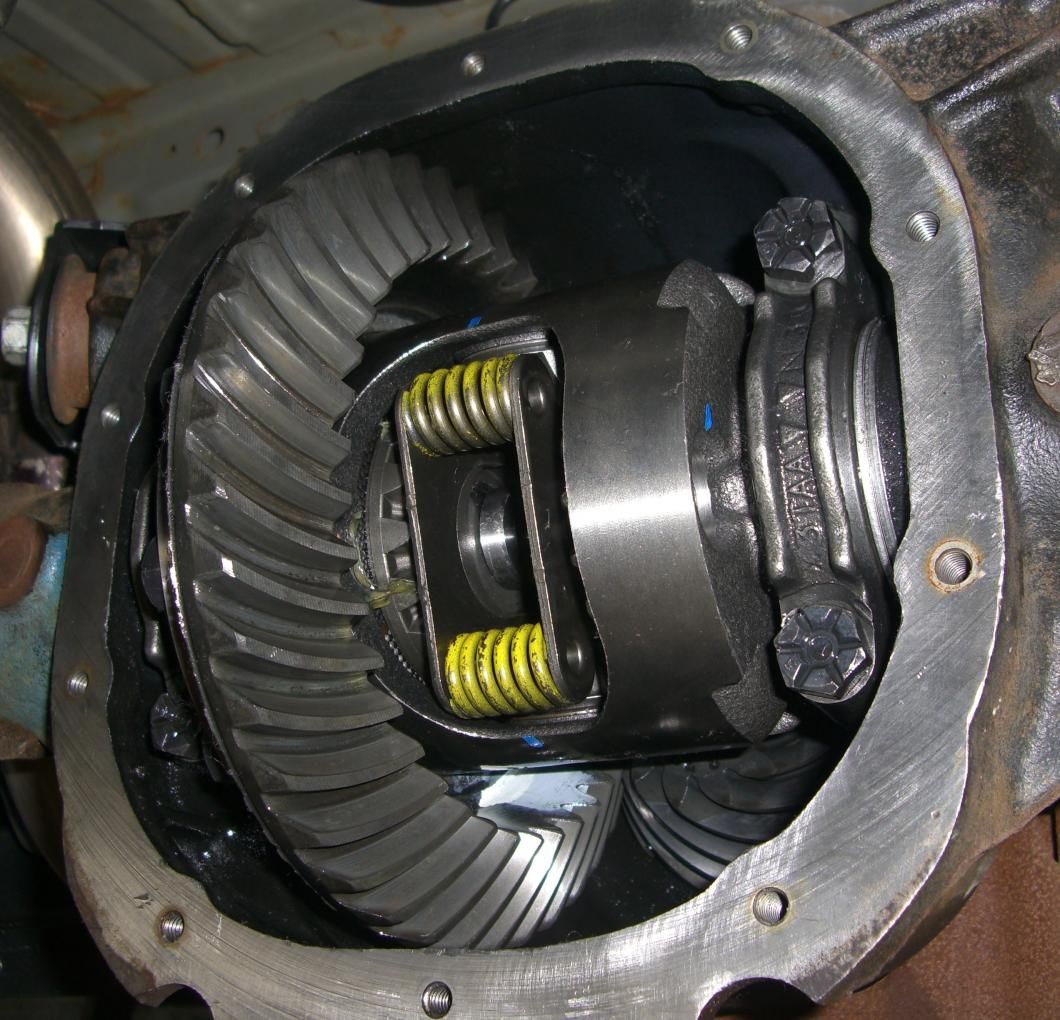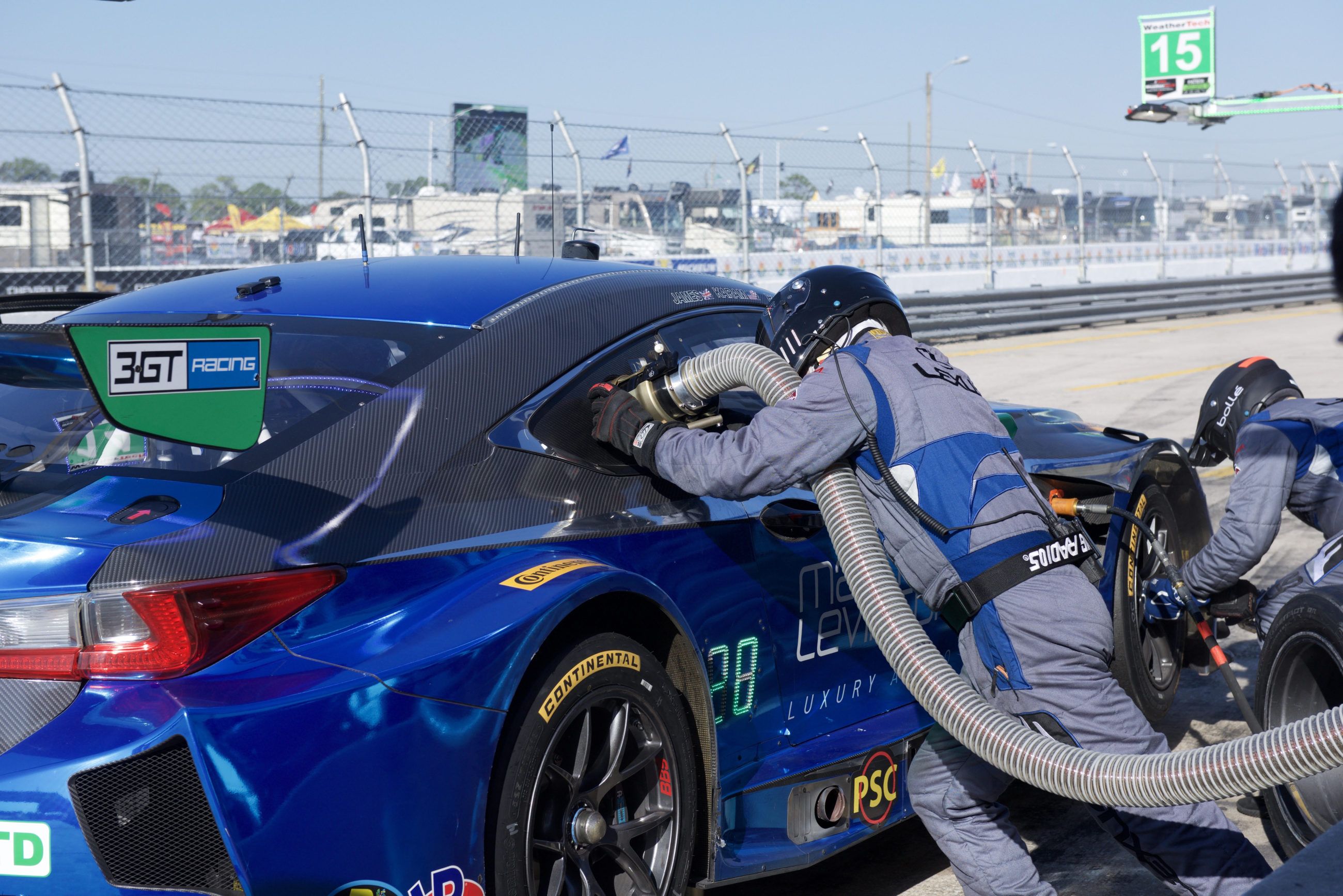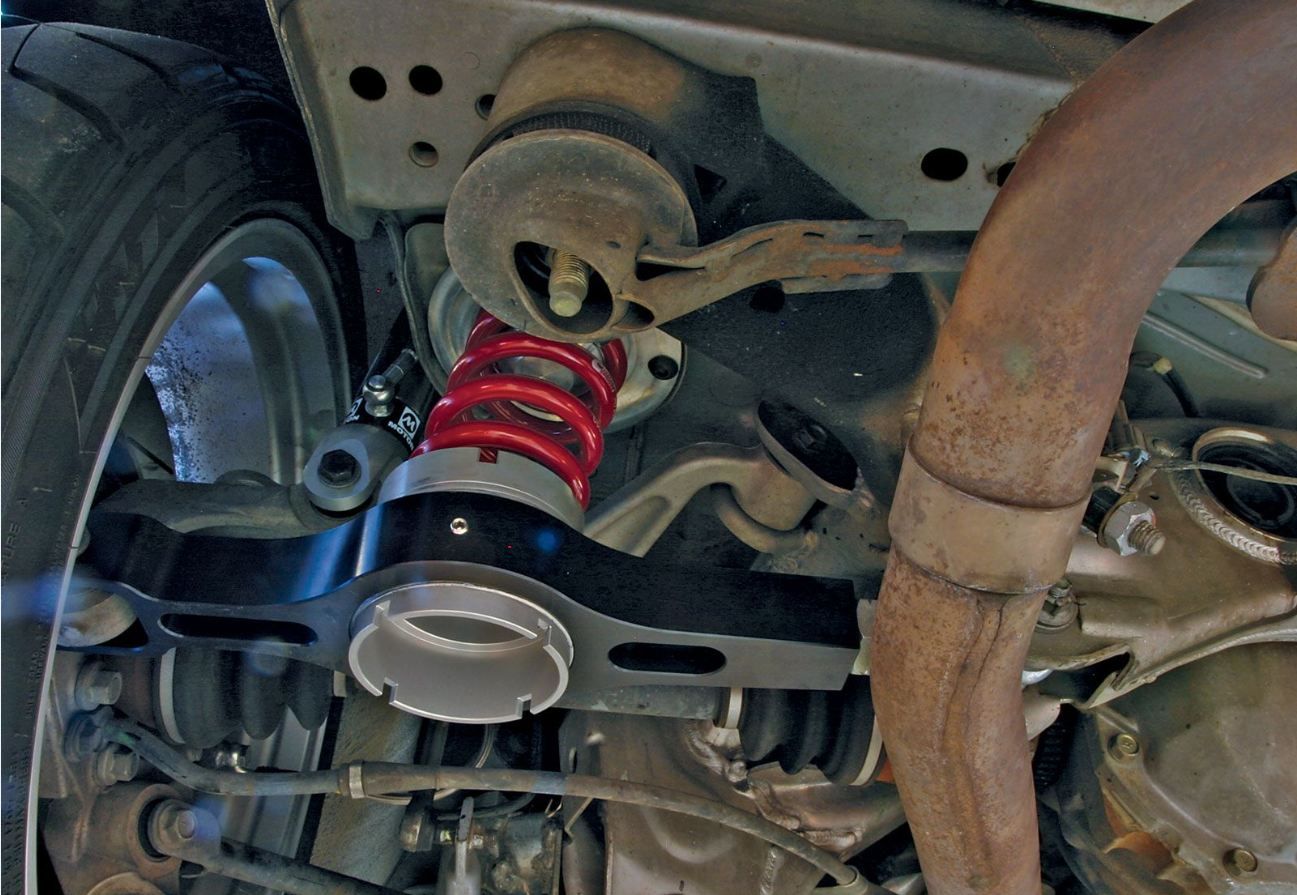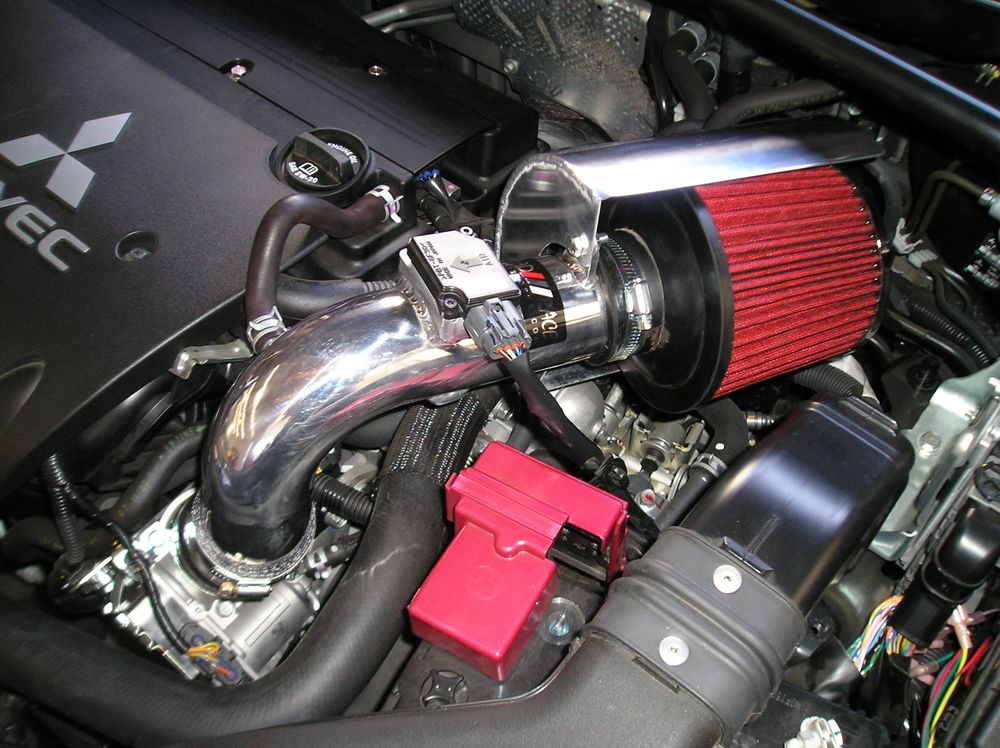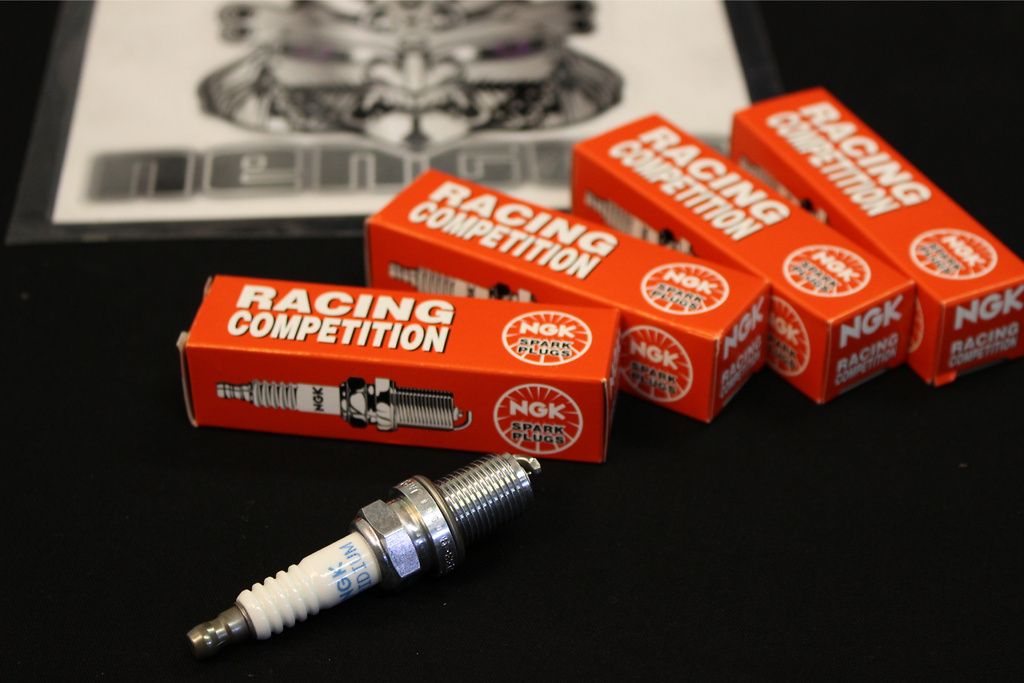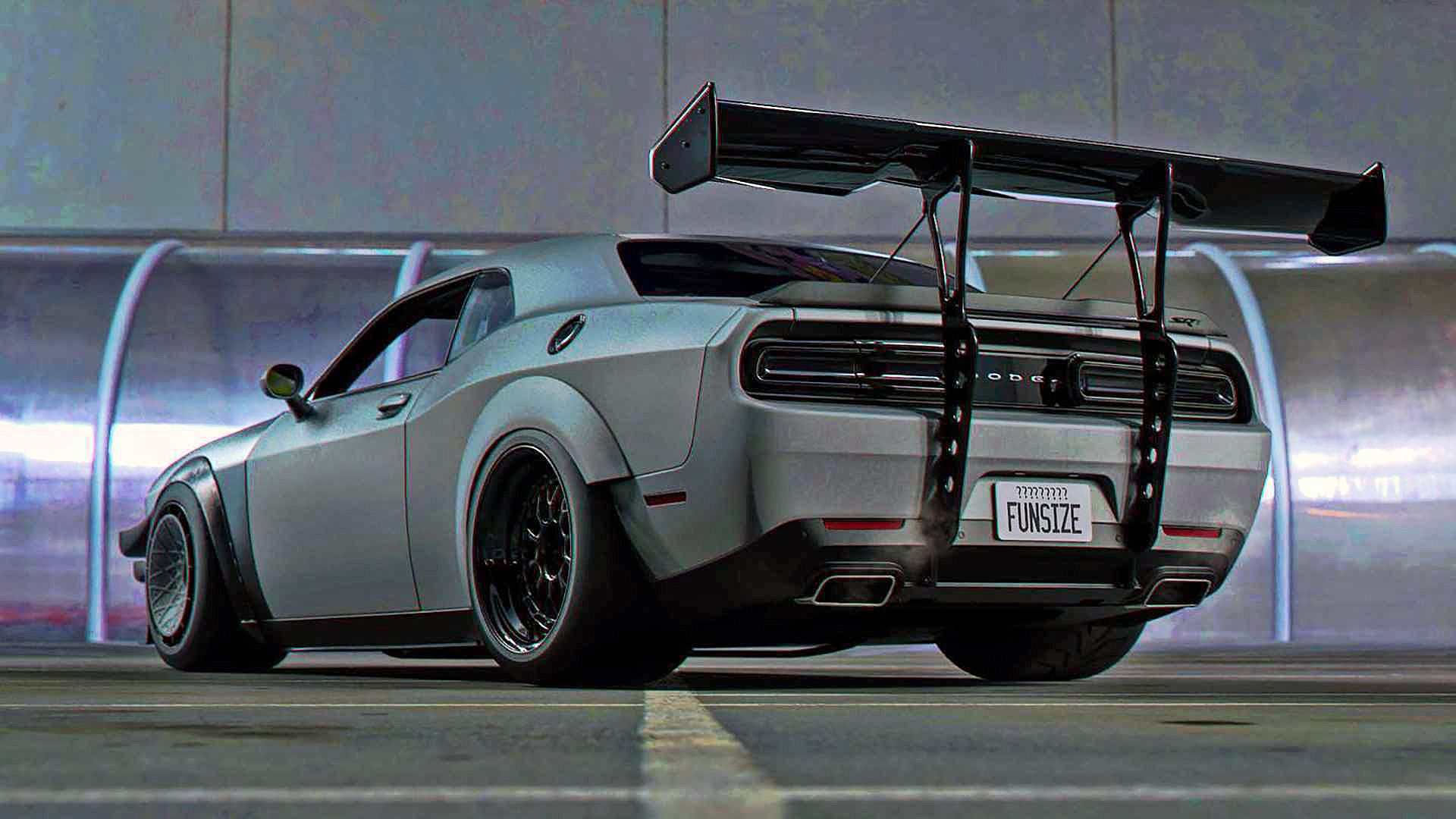On January 29th, 1886, Carl Benz filed a patent for a “vehicle powered by a gas engine.” That same July, the first outing of the Benz Motor Car, Model No. 1, made a public appearance. The day of the horse was ending as the day of the horsepower was beginning. During its first outing, the three-wheeled Model 1 was undoubtedly creating a buzz; this was something revolutionary in which the narrow-minded and archaically educated people of the time could never have dreamt of. To the 19th century populace with a minimal grasp of physics, science, and engineering, the first car driving through the street must have been like seeing a package delivery drone hover down to your doorstep and drop off your Amazon order you placed 15 minutes ago.
Updated February 2022: The automotive market is in transition from small sporty cars to SUVs, and pickup-style vehicles that are dominating the roads, yet modifications continue to be a hot topic. This list has been updated to include some new mods to boost performance and some that do nothing at all!
We guarantee you, though, when the first group of people saw the first car for the very first time, one guy turned to his buddy and said, “I bet we could make that thing faster.” And such is human nature; to build and improve our surroundings, to dominate our environment, to be supreme. Cars came along well before our technical aptitude for mechanics on a widespread geographical scale was advanced enough to do anything about it. WWII changed that, training a generation of young boys in record numbers technical skills and abilities that they carried with them into civilian life. It only took a few decades for an aftermarket industry to offer just about anything you’d ever want to bolt, weld, or mount to your car. With such a wide variety of options, here’s a handy guide to assist you in choosing the best upgrades for you.
20 Improvement: Disk Brakes
We have purposely included this modification first not only because of its monumental importance but also for the fact that it’s not likely to be the first thing you want to start pouring money into on your new project when shiny new motor parts are calling your name from the Jeg’s website. We're here to tell you right now going a little faster is easy; slowing down that little bit faster on a stock brake system can be perilous if your car’s brake system is old enough.
Drum brakes will lock up a front tire and send the car two lanes over during hard, emergency braking. If you have drum brakes up front, get rid of them now! Disks are much easier to inspect through the rims; they are far less susceptible to brake fade on long downgrades and take wet weather driving a lot better than the less-ideal drum brake design.
19 Improvement: Nitrous Oxide (NOS)
Now before you get too carried away and feel like Brain from Fast and Furious, NOS isn't legal everywhere. Seriously, just getting caught with the stuff can be an automatic sentence for racing. Where it is legal, however, it can add some serious punch to your ride!
Nitrous Oxide works as the chemical composition is broken down to allow for more oxygen to be burned in the engine. The resulting reaction produces substantial horsepower gains, but be warned the gains are short-lived and can seriously damage your engine if you're not careful.
18 Improvement: Turbo and Superchargers
Naturally aspirated engines are excellent for their smooth power delivery. Power delivery that a turbo or supercharger lags behind. However, adding one of these beautiful boosters is a great way to unlock power immediately. Plus, many cars now come with one standard, so swapping one out for a more effective option will see more ponies in no time!
Though a supercharger will deliver the power boost more instantly compared with its turbo brother, the turbo can have benefits too. Regardless of which option you choose, the only option is to snap one up and install it tonight so you can be cruising with higher performance in the morning.
17 Improvement: Control Arm Bushings
Control arms are also a relatively dry subject that doesn’t get peoples' pulses pumping like talk of a 950hp, twin-turbocharged 6.0L supercar engine. You can bet those engineers put just as much consideration into the suspension of said supercar as the power plant, though.
Yet another upgrade that’s frequently shuffled to stage left while the engine and driveline get all the spotlight, you won’t believe the difference a solid suspension will do you. If you’re driving on a sub-par set of control arm bushings, you’re allowing the tire geometry to change in a way not intended by design and can result in problems ranging from tire wear and wobbles to sloppy feeling handling as things move around where they shouldn’t.
16 Improvement: Tires
There are many options for tires out there, and knowing what’s what will help you make a selection. In a simplified context, the softer a tire’s compound, the quicker it will warm up and the more grip it will have. Many, many racing applications utilize a soft compound; they are great for grip but horrible for durability. R-Comp tires feature a shallow tread pattern and are DOT approved for road use, while all-out slicks have no tread and are prohibited on roadways.
R-Comps were developed by tire manufacturers to qualify in race classes that required DOT-approved road tires and were made with the least amount of permissible tread with soft compounds that can have a tendency to quickly wear out on the road compared to your standard street tire. If you pay less attention to treadwear ratings and do your homework as to why the tire has a particular rating, you’ll do yourself a big favor in the long run. Do you really want a super-soft tire on your daily commuter?
15 Improvement: Subframe Connectors
Here’s a mod for serious drivers with heavy machines. You don’t need subframe connectors of any sort if you drive your classic Chevy to the car show once a week or blow off steam by launching from red lights at full throttle in your Honda. Subframes are in-depth modifications of steel tubing, and reinforcements bolted or welded to the bottom of your chassis to increase its rigidity and address the problem of body flex.
We don’t see it, but during hard cornering, the weight transfers from side to side and front to back throughout a turn. All this weight will flex and contort the body of your car, acting as one giant, un-dampened spring. Eliminating that body flex will transfer all the loads to the suspension and allow those pretty coil-overs to earn their keep behind your Momos.
14 Improvement: Springs and Shocks
If you think you can race out a car by going all motor, you’re wrong in every case. True, some production cars roll off the line with the race-tuned suspension to a degree, but if you’re driving an SRT Challenger Demon, you’re out there ripping up the streets and not in here reading about ripping up the streets.
For the rest of us, we have cars that are equipped with factory suspension that is designed to accommodate a wide range of driving conditions and do it acceptably in all areas; this means that for a smooth, comfortable ride, stiffness and handling will suffer. Just like body flex, if the weight transfer is not controlled, it will have adverse effects on handling, and you could have the stickiest tires in the world, but they do you no good if they can’t stick.
13 Improvement: Sway Bars
We’re talking a lot about body roll and weight transfer, so we’ll keep this train a-rollin; All aboard! Sway bars affect different drivelines differently. Generally speaking, a stiffer sway bar on a front-wheel drive car will reduce understeer (which is what front-wheel drive cars are most susceptible to), while a more rigid sway bar on a rear-wheel drive will help reduce oversteer – the rear-wheel affliction.
For an all-wheel drive car that understeers, install a stiffer rear sway bar; for oversteer in an all-wheel drive, try a more rigid sway bar in the front. All a sway bar does is reduce body roll during cornering, but that has such an effect on performance that a solid bar between the control arms almost seems too simple.
12 Improvement: Racing Wheels
Racing wheels aren’t just for looks; actual racing wheels play a few different roles. Lightweight alloys typically dissipate heat faster than heavy steel. This allows the rim to absorb braking heat and dissipate it faster than your stock rims. And then we have weight. There are two types of weight to classify; sprung weight and unsprung weight. Sprung weight is everything that rests on the suspension. Unsprung weight is the suspension itself and the hubs, wheels, etc.
It’s the unsprung weight that dramatically affects the handling feel of a car; the lower the unsprung weight, the quicker the suspension can compress and rebound, keeping the tires on the road. Additionally, rotating mass is another factor; if your engine has to get some behemoth tires spinning when it wants to go, it’s not going to do it as quickly as with lightweight ones.
11 Improvement: Cold Air Intake
Ok, we’re tapping engine territory now. Are you happy? Not pistons and camshafts. No, first, we need to address airflow into your piston cave. The perfect fuel mixture is generally considered to be a 14.1:1 mix of air/fuel. We call this a stoichiometric fuel mixture. Depending on the application, the exact ratio will vary a bit, but the fact that engineers took the time to add the 0.1 into the figure means tiny increments will have significant effects.
There is no problem blowing more fuel into the cylinders than the engine can handle; the bottleneck to your horsepower is airflow; you need to find a way to slam as much of it into your engine as you possibly can. Your stock air filter box is not your friend. Installing a cold air intake helps solve this issue.
10 Improvement: Throttle Body
After you've spent all that hard-earned cash on a cold air intake wouldn’t it be a shame if that high-velocity airflow went to waste somewhere else down the line? It would be, but don’t go and upgrade your throttle body and right off the bat expect to see more than a few horsepower at most on a dyno without the proper engine setup to support it. In modern-day times, a throttle body is basically doing what your old Holley carburetor used to do, just with induction air alone (in most cases).
The throttle body is more of a horsepower facilitator than horsepower creator; you need to have a reason to have a high flow racing throttle body or else it won’t make a difference. Not only do high-performance throttle bodies promote increased airflow, they will improve throttle response and make the engine feel more alive.
9 Improvement: ECU Program
Flashing your ECU is becoming ever-more popular as engine technology slides deeper and deeper into technospace. Computers control and monitor more components with each new model, some astoundingly more than others. With this proliferation of technology comes a significant opportunity for great gain, remapping your engine.
Be careful, as being caught doing this may void any remaining warranty you have on your car if you haven’t already been red-flagged at the dealer for your lowered coil-overs, cold air intake, and catless exhaust. There are an infinite number of companies out there selling computers and software to remap your engine, doing your research will help you find the one that’s right for you.
8 Improvement: Forced Induction
Ok, you were waiting for it, here we go; we’re getting into the engine big leagues now. What better place to start than forced induction? Want blow-your-socks-off performance? Want your neck to snap back when you mash the accelerator into the floorpan? Want to smoke more than Bob Marley? (Tires that is!) A forced induction system is simply a way to force compressed air into the engine. With a naturally aspirated induction, you’re a slave to ambient pressure, which at sea level on a standard day is 14.7psi.
If you remember our little talk about airflow being the bottleneck to performance, here’s the answer to your prayers. Boost to your heart’s content. Here’s real performance with your name all over it (and a bunch of speeding tickets if you’re not careful).
7 Improvement: Intercoolers
Ok, now you got big power. Great, what are you doing to do with all that light, hot air that was just pumped from your exhaust powered turbo? If you want to shoot it right into your engine, be my guest, but an intercooler helps cool that hot air down and make it nice and dense again. Bottlenecks are all over your engine, and the last stop for the air is the valves; all the 14 parts of your mixture must pass through those tiny little valves to get into your cylinders.
The more dense the air, the more you can cram in, so don’t get cheap now. Remember that exhaust heat is only a part of the problem, anytime you compress a gas its temperature will rise, so a belt-driven supercharger will also heat up induction air.
6 Improvement: Limited Slip Differential
One type of LSD will make you a better racer, and the other type, maybe not so much. Cars need to have some sort of differential built in to allow the inside wheels to turn at slower speeds than the outside wheels when cornering; not having this built-in feature would tear up tires, your driveline and make you look like a tool trying to make sharp turns.
Unfortunately, the open differential allows this with one big disadvantage; the design allows all the torque to transfer to the wheel that slips. Normally this isn’t a problem, but in racing environments, this could be devastating when performance is driven to the edges of a car’s capabilities. The limited-slip differential only allows for a limited amount of speed difference between the two tires ensuring you’re always going to get some traction.
5 Does Nothing: Race Fuel
Octane ratings make people think of high performance, and understandably so when the term is thrown around in racing lexicon like butter around the dinner table. It’s usually misinterpreted however, as a performance booster, as if there is extra energy packed into it ready to slam that piston back down that hole when it explodes with the force of a grenade.
This is not even the case, and an octane rating simply is a measure of how much heat and pressure a fuel can withstand before pre-igniting or spontaneously combusting. That is the ONLY reason racecars use a high octane fuel, as well as other performance cars with high compression ratios that exceed low octane fuel’s ability to wait for the spark. Putting this in a car that doesn’t require it is wasting money, and you will see no gain from its use. Going with lower grades than recommended however, can destroy your engine, but we don’t have to tell you that.
4 Does Nothing: Adjustable Preload Springs
As cool as it is to look cool, it’s not always THAT cool to look cool if it isn’t cool. What we mean is, if you’re doing the VIP look with your chassis slammed to the pavement and a 45° camber angle and getting 250 miles on a set of tires, that’s not cool. The introduction of adjustable preload on springs has caused misconception to exacerbate to the point where it’s a fallacy seen as a common truth. Preload is thought by many to affect spring rate and thereby the handling characteristics of a car. It sounds logical enough, but since just about every spring manufacturer uses linear-rate springs, stiffness won’t change regardless of how much the spring is loaded up.
This is another topic that requires a deep, drug out theory to be explained, but you only know what you think you know, and there’s more to suspension theory than dialing in your ride height, setting a preload and carving corners. The average person isn’t well versed enough to make good suspension adjustments effectively. Don’t be that dude!
3 Does Nothing: Short Ram-Air Intake
This is not necessarily a money drain with zero gain, but don’t believe what proponents will tell you about them without understanding the theory behind a true ram-air intake. It’s pretty self-explanatory, air is rammed into the engine at speed due to the velocity it enters the induction system. This principle is assisted by a straight induction path with few to little curves, and a far proximity away from heat sources that could have the potential to expand the air entering the engine at a rate that outpaces any benefits of the increased velocity.
For a true ram-air induction to work, you need to be going fast, and if the intake system has any detrimental effects to performance due to heat, they will exist at high speeds as well as idle and low-speed, off the line performance.
2 Does Nothing: Spark Plugs
Looking at performance plugs can be tempting, the multi-tip plugs with two or four prongs would lead you to believe that that’s double or quadruple the spark, right? Wrong! The multi-tips were developed to encourage the spark to arc across different points of the electrode to reduce wear and increase spark plug life; so the multi-prongs aren’t a gimmick necessarily, but they aren’t more powerful either. It’s the same voltage across the same distance, and once an air/fuel mixture is ignited, it’s going to burn. A super spark isn’t going to blow horsepower through your engine.
Performance plugs do offer a higher resistance to wear due to a different metal composition, and since worn plugs deteriorate performance, it’s ok to assume that performance plugs will last you longer. But you have to decide whether paying four times as much for a set of plugs is worth it to you when spark plug change intervals are few and far in-between. In a super high-performance car you are running performance plugs, yes. Your ’67 Duster isn’t going to give two sparks what you put in it as long as it fires.
1 Does Nothing: Body Kits and Large Spoilers
Auto manufacturers spend hundreds of hours in wind chambers to perfect the aerodynamics of a vehicle. Every angle, design element, and even spoilers are fine-tuned to unlock the best combination of forces for best performance. That's why throwing on some random aftermarket body kit or spoiler will do nothing to unlock any significant performance gains.
Only by carefully crafting the body panels and wing spoilers can any meaningful production boosts be achieved. For every other vehicle out there, they're just expensive, tank the value of the car, and many times look poorly done.
Sources: daimler.com, hoosierdirect.com, maximummotorsports.com, rallyways.com, drivespark.com, americanmuscle.com, superstreetonline.com.

